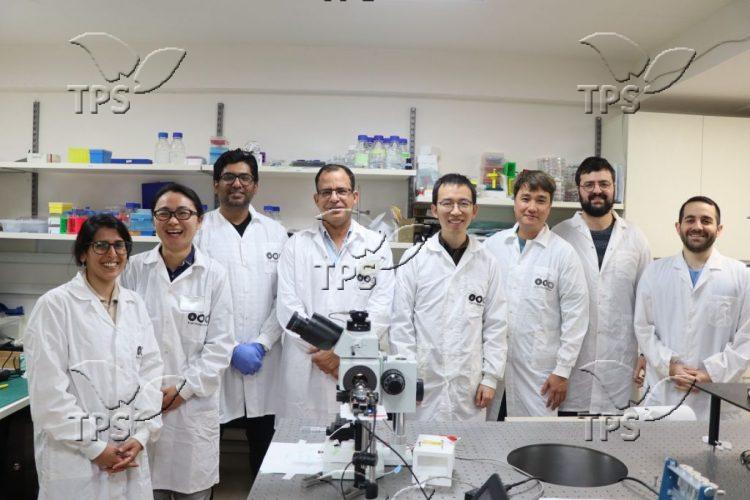Israeli Researchers Develop Revolutionary Cell-Sized Robot
Jerusalem, 26 March, 2023 (TPS) -- To appreciate how small a cellular-sized robot is, consider that a typical strand of human hair is 50-75 microns wide.
The human eye can see a speck of dust that’s 40 microns wide, but nothing smaller than that.
But researchers at Tel Aviv University have developed a hybrid micro-robot, the size of a single biological cell that is 10 microns in size. Imagine a micro-robot that can identify individual healthy, damaged and dying cells, transport a single cell for closer analysis, or inject a drug — or a gene — into a specific targeted cell.
The technology was developed by Prof. Gilad Yossifon from the School of Mechanical Engineering and Department of Biomedical Engineering at Tel Aviv University and his team. The group’s research was published this month in Advanced Science, a peer-reviewed journal.
According to the researchers, the development may help promote research in the field of “single cell analysis,” as well as find use in medical diagnosis, drug transport and screening, surgery, and environmental protection.
Prof. Yossifon explained that micro-robots — also sometimes called micro-motors or active particles — are tiny synthetic particles the size of a biological cell which can move from place to place and perform various actions. They can work either autonomously or be controlled by an operator.
“Developing the micro-robot’s ability to move autonomously was inspired by biological micro-swimmers, such as bacteria and sperm cells,” Prof. Yossifson said. “This is an innovative area of research that is developing rapidly, with a wide variety of uses in fields such as medicine and the environment, as well as a research tool.”
To demonstrate its capabilities, the Israeli researchers used the micro-robot to capture a single blood cell, individual cancer cells as well as a single bacterium.
While putting the micro-robot through its paces, it was able to distinguish between healthy, damaged and dying cells. After identifying the desired cell, the micro-robot captured it and moved the cell to where it could be further analyzed.
The micro-robot was also able to identify targeted cells that were not labeled. It did this by using a built-in sensing mechanism based on the cell’s unique electrical properties.
The researchers explained that the robot can be operated by either electric and magnetic mechanisms.
“The micro-robots that have operated until now based on an electrical guiding mechanism were not effective in certain environments characterized by relatively high electrical conductivity,” Prof. Yossifon explained. “This is where the complementary magnetic mechanism comes into play, which is very effective regardless of the electrical conductivity of the environment.”







